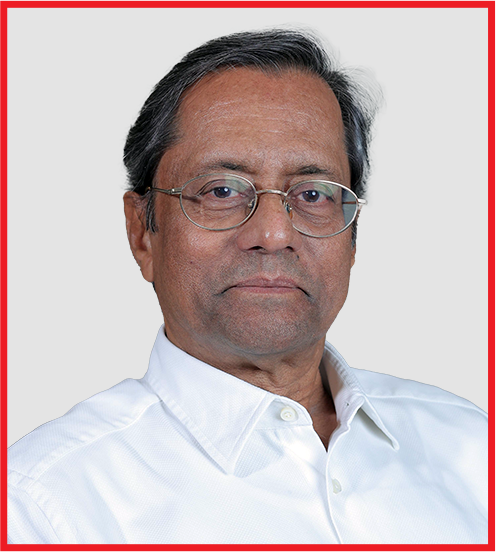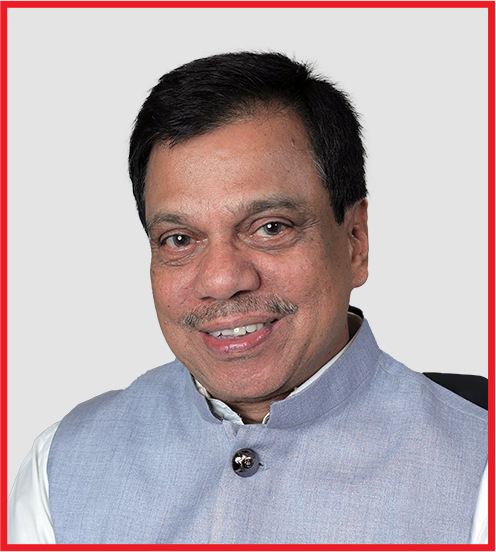2.The Borrower confirms that the stones fixed in the pledged gold ornaments/items, if any, do not have any market value and that the said gold ornaments /items is/ are the absolute and unencumbered property of the Borrower and no other person has any right, title, interest or claim thereon.
3.The Borrower confirms that all particulars/details given in the applications are true and correct and no information has been suppressed/ withheld. The Borrower acknowledges that the Company shall have no liability for any consequence arising out of any erroneous/misleading details provided by the Borrower for which the Borrower shall be solely liable. The Company may sanction, at its sole discretion, loans of such amount, as the Company may deem fit, for such purpose(s), as set out in the application form.
4.The Borrower shall pay interest at the rate specified in the Pawn ticket and incidental charges as applicable to the loan. When interest is not paid at monthly intervals, the interest shall be compounded on a monthly basis. Interest will be calculated on the basis of 365 days a year on the amount outstanding. If the loan is not repaid on demand within the loan tenure, as specified in the pawn ticket, the Company shall have the right to levy overdue interest @3% P.A after expiry of the loan tenure, as specified in the pawn ticket on the amount of loan plus interest in default. Interest will be payable from the date of the loan till the account is closed, both dates inclusive.
5.The loan is based on the weight, purity, and existing market value of the Gold.
6.The Company will make only a preliminary verification of the Gold and the Company has the right to further check the purity / weight of the Gold internally or by experts at any point of time if required, at the Company’s sole discretion, at the cost and expense of the Borrower. The Company shall, at its discretion, have the right to open the packets, melt all or any portion of the Gold, at any time during the currency of the Loan.
7.Notwithstanding anything mentioned herein, the Borrower shall repay the entire dues/outstanding under the Loan including principal, interest, and other charges, immediately on demand, if the Company observes, after verification internally or by experts, that the whole or part of the Gold is not of the prescribed weight / purity or if the title of the Borrower to the Gold is found defective or if the same is disputed by any other person. The certificate issued by the Company stating the exact grams of the gold after translating the same to 22 carats is based on the preliminary verification made at the time of granting the loan and may be treated as provisional and not final.
8.The period of Loan is as mentioned in the pawn ticket and the Borrower is required to repay the loan along with interest on or before the completion of loan tenure, as specified in the pawn ticket from the date of disbursement. However, the Borrower shall have the option to foreclose the loan at any time during the currency of the loan by paying the principal loan amount along with interest and other Incidental charges as applicable to the loan. Similarly, the Company may, at its sole and absolute discretion, have the right to further extend the tenure of the loan for such periods, but not exceeding one year from the date of disbursement of the loan. Borrower can also make part payments of principal or interest at any time during the currency of the loan. Pre-payment charges, if any, will be mentioned in the pawn ticket. Notwithstanding anything mentioned herein, the Company shall be entitled to recall / cancel the Loan at any time at its discretion without assigning any reasons and thereafter the Dues shall immediately become payable to the Company.
9.The postage charges, as revised from time to time at the discretion on the Company, shall be recovered from the respective account.
10.If full repayment of the loan, along with interest and charges, is not made within the period of the loan (as specified in the pawn ticket) or within such period as demanded by the Company, the Company shall have the right to sell or otherwise dispose of the Gold through public auction at the risk and cost of the Borrower. The Borrower, out of his/her free will, authorizes the Company to dispose of the Gold by public auction at any time after 2 weeks from the date of notice to the Borrower at the given address and adjust from the net proceeds of such sale, all amounts, including interest and other charges, due to the Company in respect of the loan. If there is any surplus on such sale, the Company shall have the right to appropriate such surplus towards any other liability of the Borrower, solely or jointly with others, on any account whatsoever, to the Company at any of its offices. The net surplus, if any, after such appropriation, shall be refunded to the Borrower within 30 days of auction. In case of any shortfall after disposal of the Gold, the Company shall have the right to resort to legal proceedings against the Borrower to recover the shortfall.
11.Notwithstanding anything referred above, if the Company is convinced, at its sole discretion, that the estimated realizable value of the gold at any time is less than the total amount due by way of principal, interest and other charges on this loan or on any other loans availed by the Borrower at any of the branches of the Company or there exists any other circumstance, which in the sole opinion of the Company, is prejudicial to the interest of the Company, the Company reserves the right to sell the gold by public auction at any time during the currency of the loan after serving a registered notice to the Borrower.
12.Further, the Borrower understands and acknowledges that the Company shall subject to auction, all accounts remaining fully or partially unsettled after expiry of the loan tenure, as specified in the pawn ticket or otherwise. The Company shall intimate the Borrower by registered letter or courier service or SMS or telephone or personal intimation or e-mail or any other mode of communication its intent to subject the Gold to public auction well before the proposed auction date. The auction shall be conducted as per the guidelines issued by the concerned Regulatory Authorities from time to time. The list of accounts subject to auction along with the date and venue for auction shall be displayed at the concerned branch of the Company and on the Company Website and shall also be published as per the guidelines issued by the concerned Regulatory Authorities from time to time.
13.In the event of loss of pledged Gold due to theft, burglary or for any other reasons from the custody of the Company, the liability of the Company shall be limited to replacing the lost Gold with equal net weight as mentioned in the loan application form / pawn ticket.
14The Company shall have the right to exercise lien on the Gold offered as security for this loan to secure the repayment of any other liability of the Borrower to the Company, which is due and payable, until such other liability is also fully settled. Exercise of such lien will be duly intimated to the Borrower by letter, courier service, email, SMS, telephone or any other mode of communication.
15.The Company may effect changes prospectively in the interest rate, charges etc. after due intimation to the Borrower. The Borrower undertakes to settle the loan within 7 days of the date of such intimation in case the revised rate of interest, charges etc., as intimated by the Company are not acceptable to the Borrower.
16.The Company shall have the right to assign or transfer or securitize the rights to obtain necessary advance or financial facility from any Bank or Financial Institution or other organizations or for any other lawful purpose, at any time during the currency of the loan.
17.The address for all communications to the Borrower shall be the one furnished in the loan application form by the Borrower. Unless any change of address is duly intimated by the Borrower to the Company in writing and duly acknowledged, any communication sent to the Borrower in the address furnished in the loan application shall be tantamount to valid receipt / acceptance of the communication sent by the Company. The Borrower shall also keep the Company duly intimated about any changes in the recorded landline phone or mobile phone number to facilitate communications. The Borrower understands and agrees that the Company may contact the Borrower over phone to pass on transactional as well as promotional communication and the Borrower consents for the same. It is also understood and agreed by the Borrower that such conversation may also be recorded by the Company for future use.
18.In the event the Borrower fails to produce the pawn ticket at the time of settlement, the Company may, at its sole discretion, deliver the pledged Gold of the Borrower after completion of the prescribed formalities and subject to payment of processing charges, as may be applicable from time to time.
19.The Borrower shall bear, pay and reimburse all present and future charges relating to administration, interest tax, service tax, duties (including stamp duty), sales tax/VAT and taxes (of any description as may be levied by the Government or any other authority from time to time) and all other costs and expenses whatsoever in connection with (a) application for and the grant and repayment of the Loan; (b) recovery and realization of the loan together with interest; (c) enforcement of Security ; (d) clearance of arrears of all taxes and any other charges and levies of the Government in respect of Security and (e) insuring the Security.
20.The rate of interest and the approach for gradation of risk and rationale for charging different rates of interest to different category of customers is based on the details/attributes of the loan scheme vis-a-vis Loan to Value (LTV), tenure of the loan and the amount of the loan extended.
21.The locker facility, if any, provided by the company at any of its branches is not regulated by the Reserve Bank of India.
22.The Company shall have the right to make disclosure to Credit Information Bureau of India Ltd. (CIBIL) or such other similar agencies.
23.All disputes, differences and/or claims arising out of or touching upon this loan, whether during its subsistence or thereafter, shall be settled by arbitration in accordance with the provisions of the Arbitration and Conciliation Act, 1996, or any statutory amendments thereof and shall be referred to the Arbitration of a Sole Arbitrator to be appointed by the Company. The award given by such Sole Arbitrator shall be final and binding on the Borrower and the Company. The venue of arbitration shall be in Kerala.

































